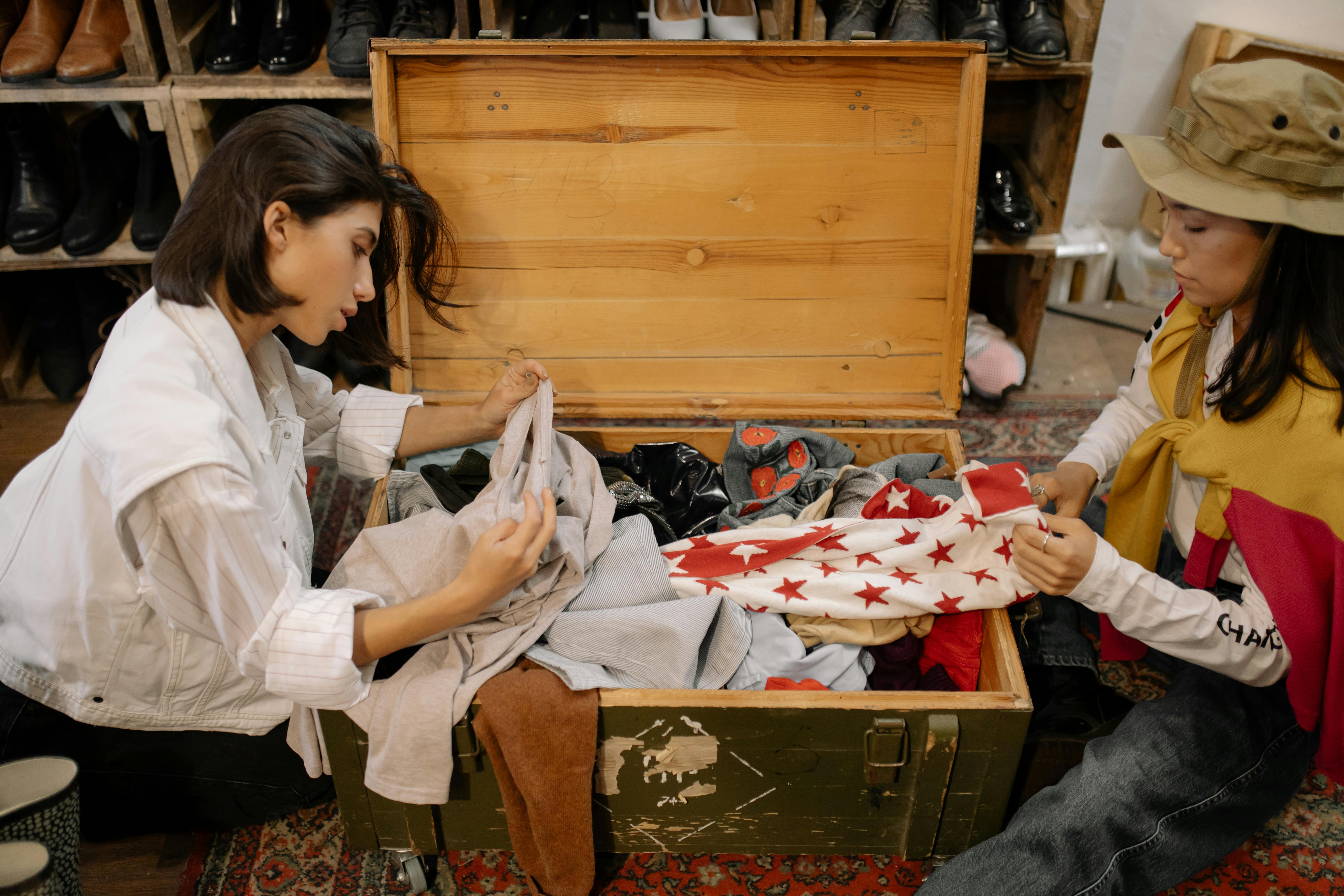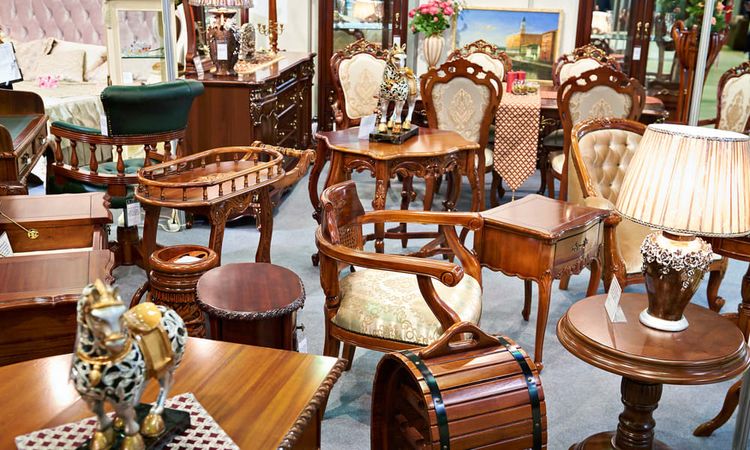Pretty Dresses: A Practical Guide to Choosing, Styling, and Caring
Finding the perfect dress involves more than just picking something attractive off the rack. Understanding your personal style, body shape, and the specific occasion helps narrow down countless options into choices that truly work for you. From everyday casual wear to formal events, dresses remain versatile wardrobe staples that can be adapted across seasons and trends. This guide walks you through practical considerations for selecting, styling, and maintaining dresses so they look their best and last longer.

Dresses offer unmatched versatility in fashion, suitable for everything from casual outings to formal celebrations. However, navigating the wide variety of styles, fabrics, and fits available can feel overwhelming. Understanding key factors like occasion appropriateness, body type compatibility, and fabric characteristics makes the selection process more straightforward and rewarding. Beyond choosing the right dress, knowing how to style it for different seasons and care for it properly ensures you get maximum value and longevity from each piece.
Identify Your Style and Occasion
Before shopping for a dress, clarify the purpose it will serve. Casual dresses for everyday wear differ significantly from cocktail attire or formal gowns. Consider where you will wear the dress most often: work environments typically require modest lengths and professional cuts, while social gatherings allow more creative expression. Your personal style preference also matters—some people gravitate toward classic silhouettes like A-line or sheath dresses, while others prefer bohemian maxi styles or trendy bodycon fits. Creating a mental checklist of occasions you dress for regularly helps focus your search and prevents impulse purchases that rarely get worn.
Choose the Right Fit and Fabric
Fit determines how comfortable and confident you feel in a dress. Understanding your body shape guides you toward silhouettes that flatter your proportions. For example, empire waist dresses suit pear-shaped figures by drawing attention upward, while wrap dresses complement hourglass shapes by defining the waist. Always try dresses on when possible, as sizing varies significantly between brands. Pay attention to shoulder seams, bust fit, waist placement, and overall length.
Fabric selection impacts both appearance and comfort. Cotton and linen work well for warm weather due to breathability, though linen wrinkles easily. Polyester blends resist wrinkles and often cost less but may not breathe as well. Silk and satin create elegant draping for formal occasions but require delicate care. Jersey knits offer stretch and comfort for casual wear. Consider the dress’s intended use when evaluating fabric—a summer garden party calls for lightweight materials, while autumn events suit heavier weaves.
Color, Pattern and Detail Tips
Color choice affects how a dress complements your skin tone and fits into your existing wardrobe. Neutral shades like black, navy, beige, and gray provide versatility and pair easily with various accessories. Jewel tones such as emerald, sapphire, and ruby add richness and work well for evening wear. Pastels suit spring and summer, while deeper hues fit autumn and winter aesthetics.
Patterns add visual interest but require thoughtful consideration. Smaller prints generally flatter petite frames, while larger patterns suit taller figures. Stripes can create lengthening or widening effects depending on their direction. Floral prints remain popular for casual and semi-formal dresses. Details like ruffles, pleats, lace, and embellishments enhance visual appeal but can also add bulk—place them strategically to highlight your best features.
Styling and Layering by Season
Adapting dresses across seasons maximizes their utility. During warmer months, wear dresses on their own with sandals or light sneakers. Accessorize with sunglasses, straw hats, and minimal jewelry. As temperatures drop, layer dresses with cardigans, blazers, or denim jackets. Tights or leggings add warmth while maintaining the dress silhouette. Swap sandals for ankle boots or closed-toe shoes.
Winter styling allows for creative layering—try turtlenecks under sleeveless dresses or pair midi dresses with knee-high boots. Scarves, belts, and statement jewelry transform the same dress into multiple looks. Consider the dress length when choosing footwear: maxi dresses pair well with heels or platform shoes to avoid dragging hems, while mini dresses balance proportions with flats or low boots.
Care, Maintenance and Storage
Proper care extends the life of your dresses significantly. Always check garment labels for washing instructions before cleaning. Delicate fabrics like silk, chiffon, and lace often require hand washing or professional dry cleaning. Cotton and polyester blends usually tolerate machine washing on gentle cycles with cold water to prevent shrinking and color fading.
Air drying preserves fabric integrity better than machine drying, which can cause shrinkage and wear. Hang dresses on padded hangers to maintain shape and prevent shoulder bumps. For knit or stretchy fabrics prone to stretching, fold and store flat in drawers. Keep dresses away from direct sunlight to prevent color fading. Use garment bags for special occasion dresses to protect against dust and damage.
Address stains promptly using appropriate stain removers for the fabric type. Iron or steam dresses before wearing to remove wrinkles, adjusting heat settings according to fabric requirements. Regular inspection for loose threads, missing buttons, or small tears allows you to make minor repairs before they worsen. Rotating dresses in your wardrobe prevents excessive wear on favorites.
Conclusion
Selecting and maintaining dresses becomes simpler when you understand your style needs, body shape, and fabric properties. Thoughtful consideration of occasion, fit, color, and seasonal styling ensures each dress serves multiple purposes in your wardrobe. Proper care and storage practices protect your investment and keep dresses looking fresh for years. By applying these practical guidelines, you can build a versatile dress collection that adapts to various settings while reflecting your personal aesthetic.




